When you think of Australia, chances are you think of Working Holiday Visas. You probably know someone who did one and you’ve heard the incredible stories of travel and work opportunities in Australia, and well now, you want in too.
What is Involved in the WHV?
A Working Holiday Visas (WHV) allows you to work and travel in Australia for one year. After that, if you want to stay you will get the chance to complete regional work to do a second year. It is a temporary visa that encourages young people to experience Australia’s culture.
Cost?
The Australian working holiday visa costs $440 AUD. That is around $329 USD.
How Long Does It Take to Be Accepted?
My visa took 24 hours to be accepted. My second year visa took one minute, no joke! But I also know people where it has taken 10 days to 2 months. My only advice is don’t book a flight until you know you have a visa!
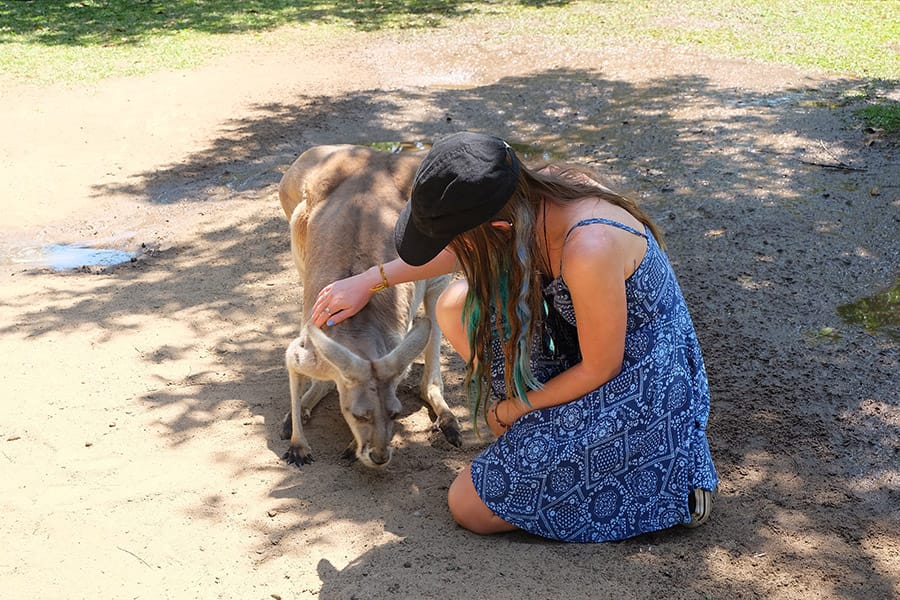
How Do You Apply?
First, you need to see whether you meet the criteria for a Working Holiday Visa (subclass 417).
The basic requirements are:
- Be between 18 and 30 years old. (They are in the process of changing it to 35).
- Have a valid passport with at least 6 months until renewal.
- Have sufficient funds to support yourself.
- Cannot have a dependent child accompanying you at any time during your stay in Australia
- Must be outside of Australia when you apply and the visa gets accepted
- Not have any substantial criminal convictions.
- Not have any substantial medical issues.
So you meet all the criteria? SWEET! Head over to the Australian Immigration Website and apply, apply, apply!
Budget/Expenses
Now the rundown of how to budget for this trip, how much everything will cost when you first go, and what expenses to expect.
Flights
Once your visa has been accepted you’ll want to book your flight ASAP!
I always use Skyscanner to book my flights; it compares thousands of flights from a variety of companies to find the one that best suits you.
My original one-way flight from the UK cost me $680.
My flight back home one year later cost $542
My flight back for my second year cost $633.
As you can see, you’re looking in the range of $480-720 for a one-way from the UK. I have never booked a return flight, as I like my plans to stay open and I didn’t want to be tied down to a return flight, but it will be cheaper to book a return flight.
Bank Account
Set up a bank account before you arrive. I opened mine with ANZ through STA travel. It cost me $30 to set up.
My card was ready and waiting for me upon my arrival in Sydney in one of the bank branches. I’d sent money over in advance so I could use it that day. They also helped me set up a savings account for my travel savings as well as superannuation.
Superannuation is basically a pension that all companies in Australia have to give you; ANZ helped me set up my own personal superannuation account to give to employers. It is extremely helpful to have one super account, as otherwise you will get a new account with each new employer and your money can get lost.
If you are coming down under with USD or another foreign currency, you can easily convert them to AUD at one of the many Crown Currency Exchange locations around the country.
On Arrival
You’ve sorted your flight, bank account is open, you’re on your way, but what do you do when you first arrive?
I pre-booked my first 5 nights in a hostel for when I arrived and that was it, it cost me $108. From there I booked things as I went along. That is the great thing about travelling, the flexibility. If you want to pre-book everything, you can. If you don’t, you don’t have to!
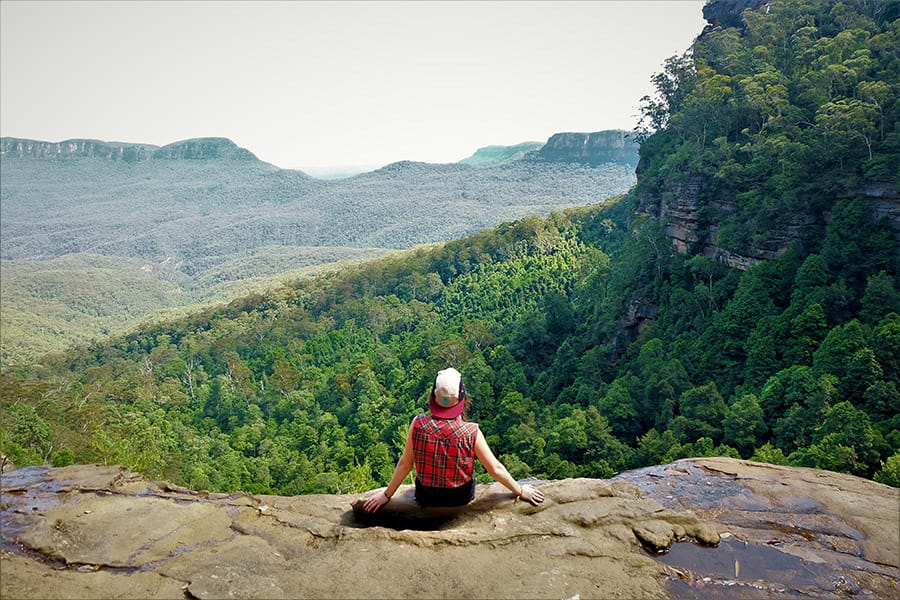
Long-Term Living
It’s difficult when you first arrive in a country to know where you’ll want to stay long term.
You can go about this a few ways, depending on your budget.
- You can travel around Australia, seeing all the cities and sights, and then pick your favorite place.
- Or, what I did, I stayed in Sydney for 6 weeks, then went to Melbourne. I quickly loved Melbourne, deciding that was the best place for me. I then worked in Melbourne to save up more money and travelled after.
It all depends on you.
Where is there?
- Melbourne: Culturally diverse, fashionable and alternative.
- Sydney: Beautiful beaches, a vibrant city, world famous.
- Brisbane: Small city vibe, very close to glorious east coast destinations.
- Cairns: Tropical weather, very chill
- Perth: A small city with amazing weather and spectacular beaches.
Whatever you want long term, Australia has you covered!
Working in Australia
So yer, you are on a ‘holiday,’ but realistically you need to work at some point.
Types of jobs available
- Hospitality: This is the big one. Most people on a WHV work in a bar, restaurant, or cafe. It is the easiest type of job to pick up and also drop.
- Building/Construction: You need to get a white card in order to work on any kind of site, but there is a vast amount of work in this area.
- Admin: Office work is easy for backpackers to pick up and pays well.
- Recruitment: If you have worked in recruitment before, there is a lucrative job market in Australia for you.
- Regional work: You don’t have to do regional work just to obtain a second year visa. Regional work can often pay well; different areas have different seasons, so there can be a variety of different jobs throughout the year.
I had a variety of jobs in Australia, from waitress to strawberry picker.
The best advice I can give you is to persevere. Sometimes you land a great job quickly, other times it feels like you’re the most unemployable person in the world!
Your best bet is to first search Gumtree for jobs you can apply for online. Once that seems to be running dry, get to your nearest Office Works or library and print out as many CVs as possible. Then hand them out everywhere you want to work.
If you want hospitality and want to work in a bar, you’ll have to get yourself an RSA certificate. That is Responsible Service of Alcohol training; you cannot work with alcohol without one. But remember, each state has different alcohol laws, so you may need a different certificate in each state.
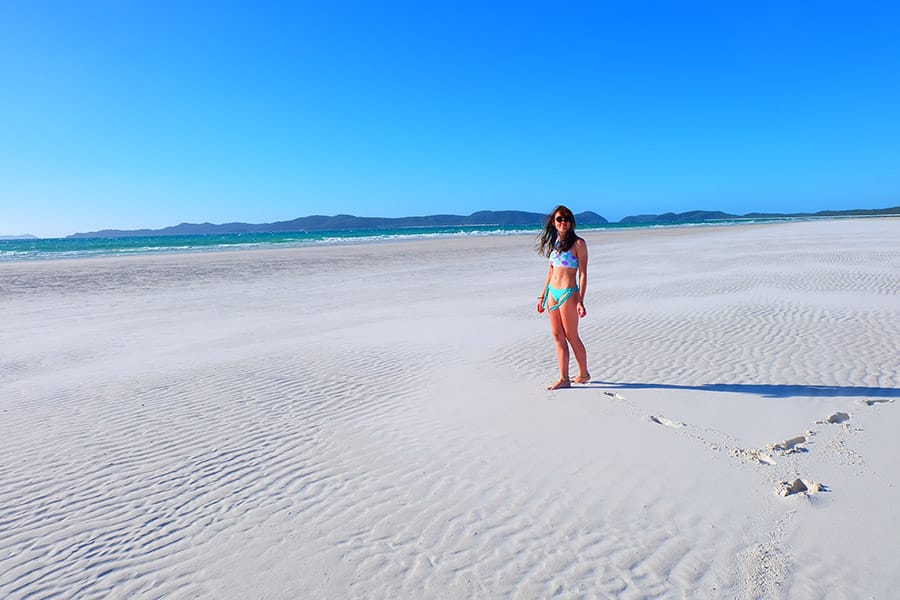
Accommodation in Australia
This is how I found a flat in Melbourne, but to break it down, here is how to rent your perfect flat in Australia.
Where to search?
What to look for?
- Location: Research first. Look in similar places to where you are job hunting. A location with what you want in it, cafes, bars, a beach.
- Shared house?: Share a house with other people to save money. There are also options to share a room. If not, there are plenty of studio apartments/one bed flats.
- Good Wi-Fi: You’ll thank me.
- A trustworthy landlord.
- A contents list in the house: Make sure whoever you are renting from provides a list of all the furniture, etc. in the house, and double check everything is on there.
- Photograph the accommodation: This will help when you leave.
- Length of lease: If you are a traveller, chances are you want a short term lease. Unfortunately, these can be hard to come by.
Price?
On average, backpackers pay from $150-$250 per week on rent. I paid $200, that was steep for me, but again, it depends what kind of budget you are on.
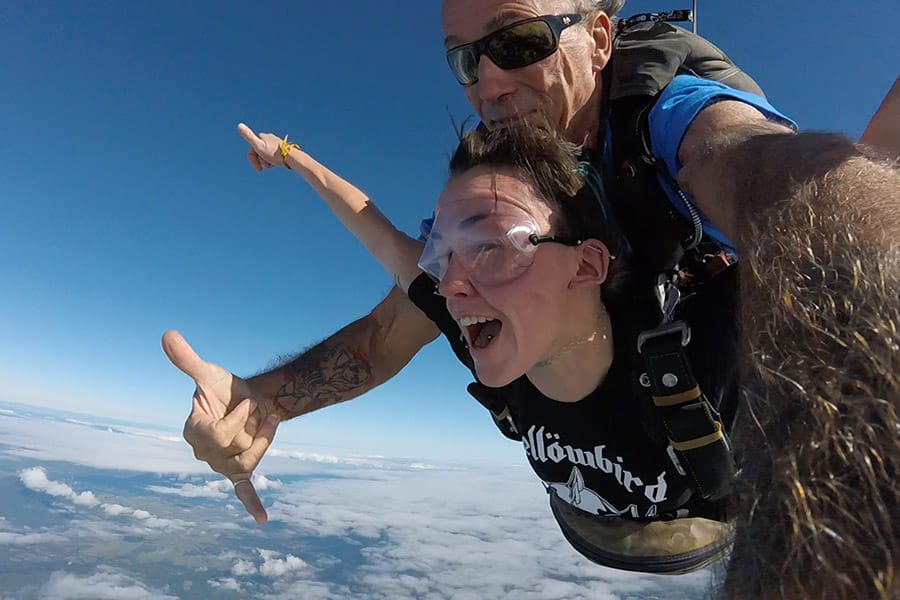
My Experience
So that is all the nitty gritty details. But what did I gain from my experience?
My Tips
- Australia is expensive, the more money you take the better.
- Don’t stress too much about finding a job, you’ll get one.
- Don’t settle for a bad job with low pay, there is better out there.
- Do your 88 days regional work as early as possible, you don’t want to be stressing close to the end of your visa (like me…).
- Don’t get ripped off by regional work, research places.
- If you want to road trip, buy a car, it is cheap enough and well worth it.
- Stay in a place longer than a month if you want to make the most of your time, make great friends, and feel at home.
- Check this article out for everything you need to know about planning a trip to Australia
I gained a lot from my WHV. I gained a new perspective, new friends, new life skills, new experiences and a deeper love for travel.
I enjoyed it so much I am packing my life into a backpack again to do my second year in Australia. If you want to see how to get your second year visa, you can read everything you need to know here!
Well that’s it, a complete guide to Australia’s Working Holiday Visa. If you have any questions please don’t hesitate to ask in the comments below.
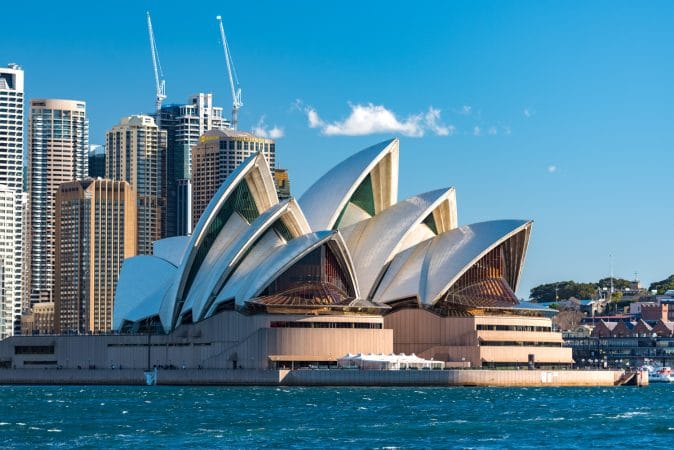
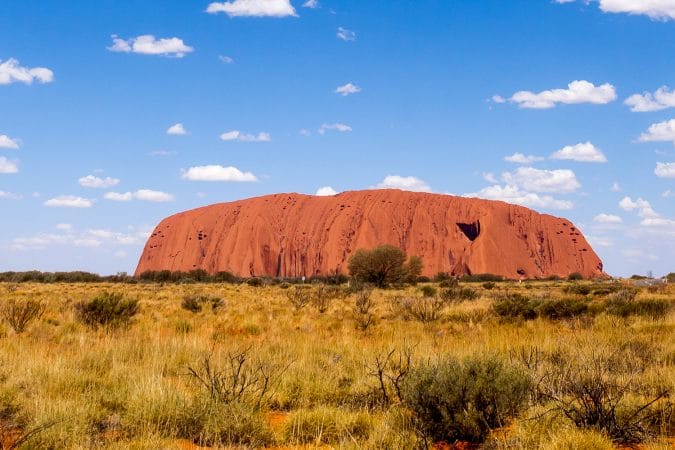
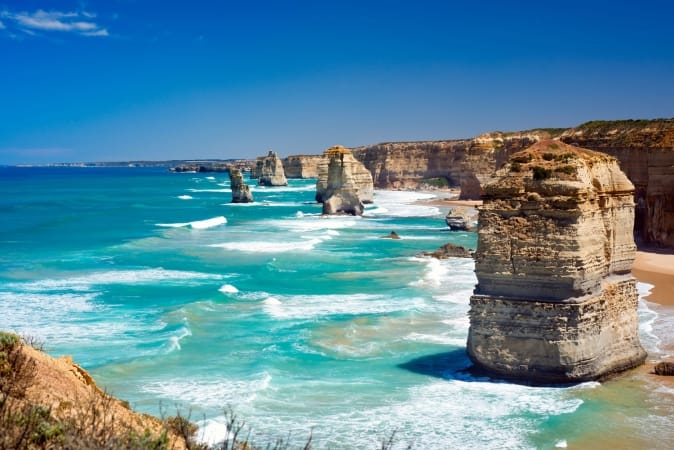
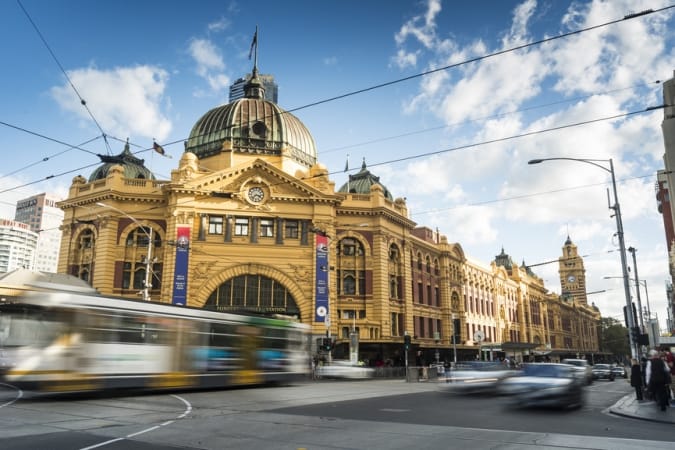
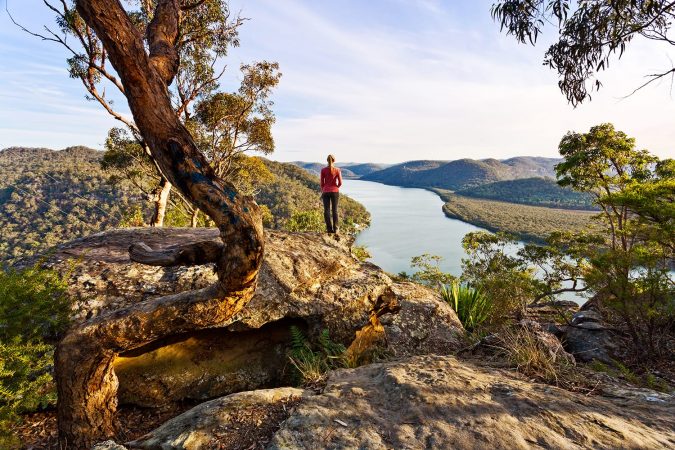
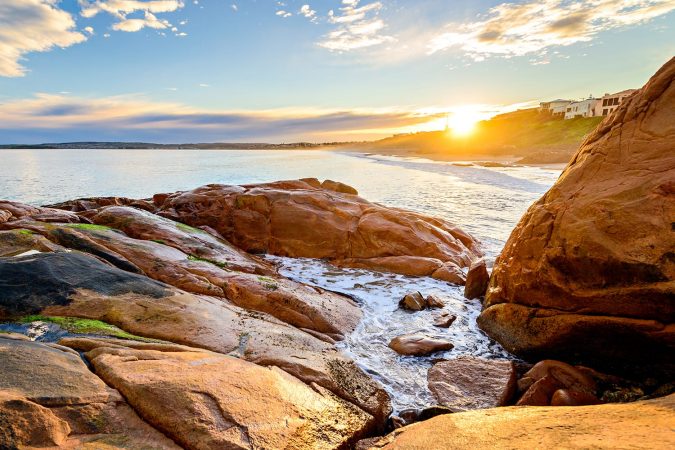
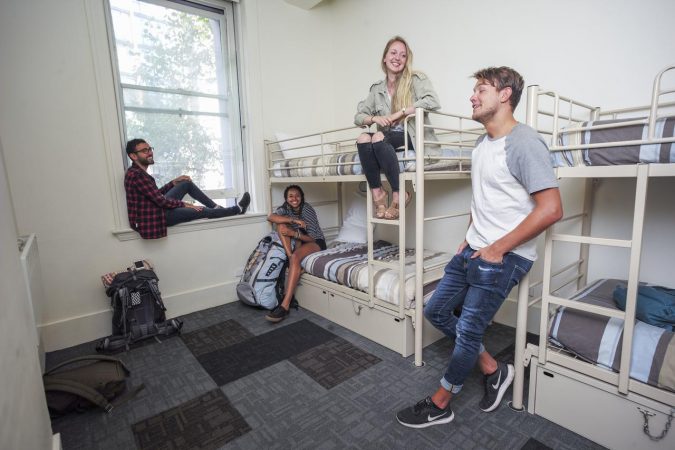
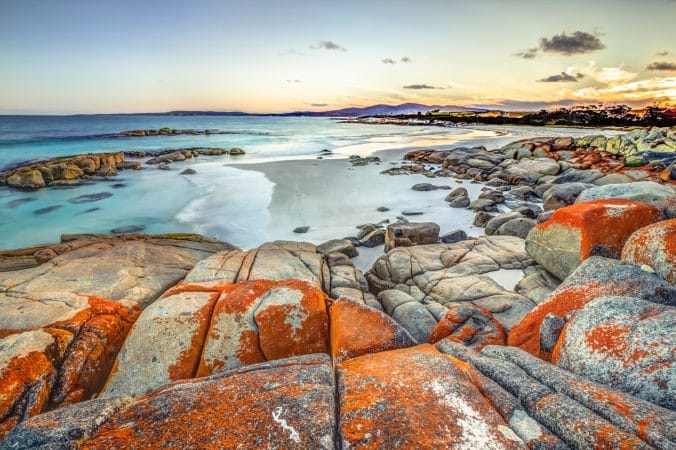
D. Peters
I always wanted to travel Australia but I’m no longer be able to do so through working holiday visa since I’m out of age. Probably just gotta apply for a work visa to be able to live and work in the country.
Pamela Mbambo
Hey, great info, do you have any clue on how to get Pr after living and working in Regional territories? I plan on applying for Pr after 6mnths of working in NT farms.
Amitava Deb
Incredible travel story there Becca! Applaud your spirit and meticulous planning. It is very easy to get perplexed in a new country. Finding a place to stay, a job to cover your expenses is not always easy. Appreciate sharing your experience.
Amy
Hi!
Just wondered if you got travel insurance for your year in Australia? Can’t decide if I need it or if the Medicare thing will be enough?
Thanks
Beatriz
Hi!!
Thank you so much to share these informations!! =)
I have a question, do I need to hold return air ticket home when I get there?
Thank you!! =)
Becca Huxley
Hi Beatriz,
No worries, I am glad you liked it! :)
No you do not need to hold a return ticket to home, I booked a one way single and didn’t book a ticket out the country until a month before I left nearly a year later!
Any more questions, please let me know! :)